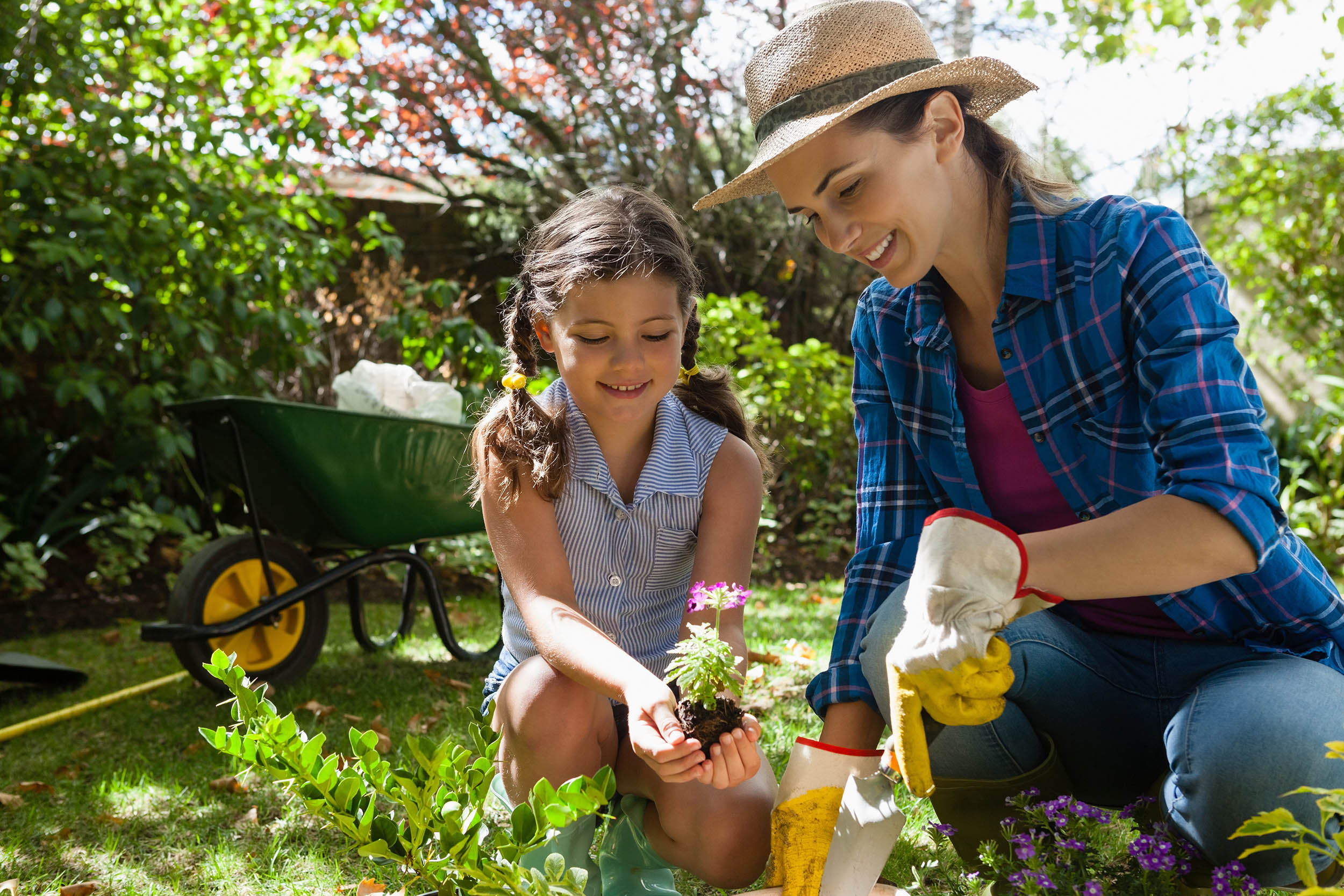
How to Garden With Your Kids
Gardens can be a great place to cultivate a meaningful and fun learning experience for children. It’s a natural match. Gardening can offer children an opportunity to learn the life cycle process by which plants grow, as well as responsibility, caretaking, independence, and environmental awareness. Introducing children to gardening is a great way to increase their awareness of where food comes from and the importance of the environment in everyday life. To learn more, look at MrOwl for plenty of tips, ideas, and inspiration. Users just like yourself have created collections of information that they’ve curated and shared for the benefit of the MrOwl community on gardening that can help make it easy for you and your family to get started with your very own garden.
When you’re ready to get started, drawing up a plan for the garden can help you make the most of the garden’s potential. The tallest plants should be at the north end of the garden, while permanent plants should be on the sides. For those who don’t have a lot of space to garden, containers are another option for growing plants. Containers can be made from materials such as plastic or clay and must have adequate drainage to avoid root rot. Plants grown in containers should be planted in a ready to use potting soil and watered often. Some basic gardening tools to have handy are rakes, hoes, spades, trowels, and watering cans.
Gardens can be Used to Grow Good or Flowers
Vegetable gardens can be any size, even as small as a container or two. Plant vegetables that children would like or want to eat. They can then watch as the plants grow and develop into food that is ready to eat. If you like colorful flowers, try growing some in your garden. Flowers might bloom for one season only, or they could come back every year. Some flowers like the sun and others like to grow in shady spots. Choose flowers in colors your child likes, and have fun tending them in your yard. You can even work on gardening projects during the winter.
Get the Kids Involved in the Garden
Year after year, children can become more involved in helping in the garden. They will love digging in the dirt at the beginning of the season, picking the vegetables during the middle of the season, and digging in the dirt again at the end of the season. However, it’s all the knowledge they gain throughout the process that will stay with them for years to come, and what they learn will shape them as they grow into adults who will one day be responsible for their own little place in the world. Here are ten lessons children can learn from gardening:
-
- Teaches that dirt won’t hurt you
- Shows what it takes to grow plants
- It engages all the senses
- It encourages healthy eating
- Teaches about lifecycles
- Shows that bugs are important
- Teaches nurturing & responsibility
- Teaches environmental responsibility
- Allows for family bonding
- Shows that gardening can be fun
When selecting plants to grow with children, it is important to incorporate plants that the children will enjoy growing most. Children enjoy plants that have strong smells, grow quickly, and are easily recognizable. In most cases, selecting plants that have larger seeds are easier for small hands to handle. Sunflower, pea, pumpkin, and squash plants all meet these criteria. Plants that can be snacked on are also fun for children. As the food grows, it can be easily picked, such as snow peas. Lettuce, radishes, and cherry tomatoes grow quickly, which is great for children who tend to have a harder time with patience. Carrots, potatoes, and pumpkins are also fun plants for children to grow because they are easily recognizable. Children are very sensory and enjoy unique sensory plants. Planting crops that range in textures from fuzzy, rubbery, prickly, and smooth can be very fun for children to experiment with.
Gardening with children allows for the garden to become a very creative place. Children love colors and gardens can be a very colorful place. Rainbow gardens are a fun theme for children to participate in. Plants that represent the colors of the rainbow (red, orange, yellow, green, blue, violet, and indigo) are great teaching tools that are exciting for children to plant. Another enjoyable and popular themed garden activity for children is to create a pizza garden. Organize the crops in a circle and assign different wedges to represent different ingredients of a pizza. In each wedge, plant crops that can be found on a real pizza such as tomatoes, onions, peppers, garlic, wheat/oats, and colorful representations like marigolds. When the crops are grown, they can be used to make a pizza as a fun and tasty representation of the child’s accomplishment.
In this electronic age, children need time for meaningful family connections. Time in the garden allows for team building and promotes communication skills. Planning a garden, planting the seeds, and watching them grow give children a sense of purpose and responsibility. Making sure that the plants get enough fertilizer, water and sun fosters mindfulness. The concepts learned while gardening, like composting food scraps for fertilizer or using gathered rainwater, can show children deep respect and responsibility for taking care of our planet.
Furthermore, studies show that when children have contact with soil during activities like digging and planting, they have improved moods, better learning experiences, and decreased anxiety. Most important, the self-esteem a child gets from eating a perfect cucumber that he grew himself is priceless.
